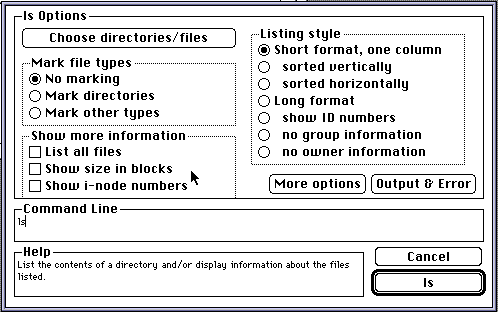Re:Text-based Scripts
Differencing of binary formats, as well as their application in Git and other text-based dependencies of diff, need to be developed separately in order to make a successful project. There are textual tools like Scintilla that exist for today’s technology levels but as advances in version control improve, as well as a binary alternative to GNU DiffUtils, then we can use that.
I want to keep development in stages so that it will be easier to gauge progress and also to complete smaller tasks as a managible means to the end instead of one big task. It’s as the saying goes: “Rome wasn’t built in a day.”
Re:Hosting on Codeberg
Microsoft uses their ownership of GitHub to train A.I. but doesn’t follow the license terms when applying that A.I. Looking forward to the day that it all collapses like a house of cards, it is just a precaution to excape some notice of Microsoft and their respective cronies in office. Also, Codeberg is a German organization hosted in Germany. The privacy laws there are strong. In America and Australia the data privacy laws are weak if even any are in existence.
Re:StreamWeaver
StreamWeaver is a start but it only abstracts STDIN and STDOUT by improving pipe notations. Posix style pipes are handy for some things but not everything. Also, I wasn’t able to find a link on the StreamWeaver site to source code or a 64-bit version. I’ve seen similar stream routing utilites in other low-code and no-code solutions so maybe that can be arranged.
